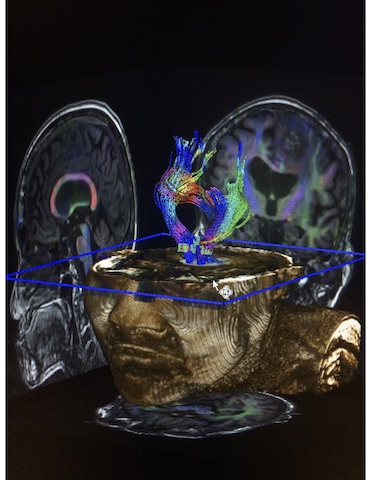Study conducted on causes of symptoms in anti-NMDA AE
August 10, 2018

Despite much study centered around the antibodies that cause autoimmune encephalitis, there are still many unanswered questions. One of them is exactly how the severe symptoms of this disease are produced. Physicians conducting research in Berlin, Germany and Jerusalem, Israel have together conducted an observational study of patients with anti-NMDA receptor AE as compared to healthy volunteers in an attempt to answer this question. They used functional MRI to observe how various networks operate within the brain, to explore whether impaired regions or the interaction between impaired regions and other parts of the brain are responsible for symptoms. They found that patients with AE often had normal structure in the brain, but showed alterations in “connectivity networks.” The researchers suspect this may be contributing to symptoms as they found correlations between these findings and the patient’s specific symptoms. This was widespread throughout the brain in a characteristic manner and not in the healthy individuals, affecting many networks important for memory, vision, and other functions. Finke et al published this study in Lancet Psychiatry, and stated that this type of understanding advances our knowledge of AE in a meaningful way. The abstract can be read here.